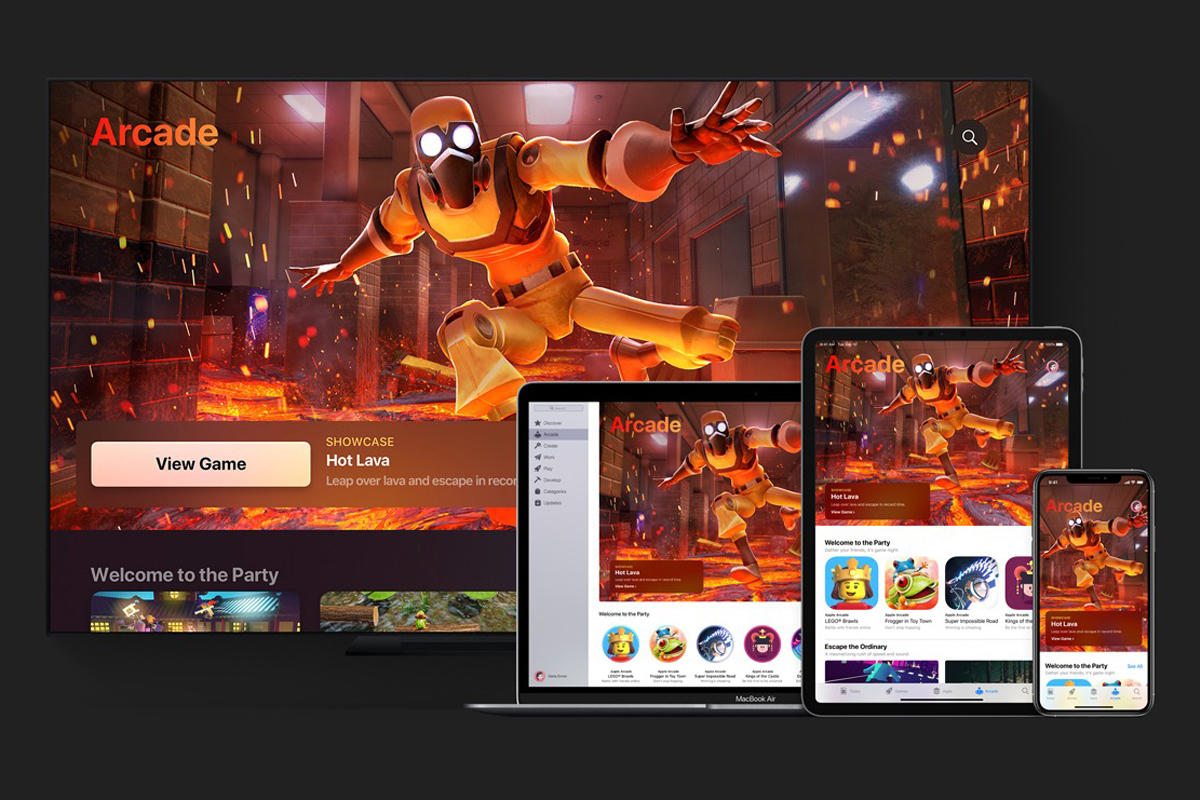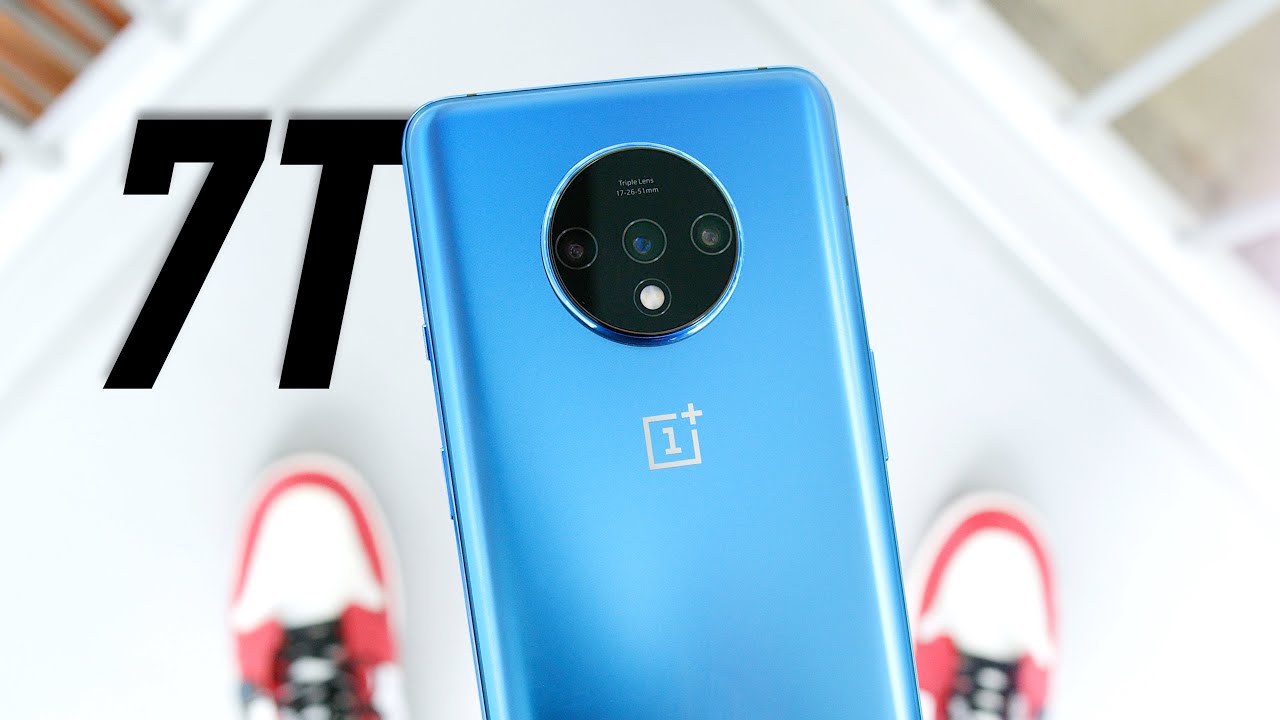When we first heard about Apple Arcade, long before we knew it would only cost $4.99 a month, I hoped that it would give developers an alternative to the freemium model that has plagued mobile gaming.
Now iOS 13 has been released and with it, the Apple Arcade service. At $4.99 a month with family sharing, it’s a much better deal than anticipated. And the games are great—the variety and quality exceeds my highest hopes. I’ve only played about 15 of the games offered, and I can see myself spending a lot more time with at least 10 of those.
But more importantly, playing the games in Arcade has really thrown into sharp relief just how bad mobile game monetization has made even otherwise good games. This is a service that could potentially save mobile gaming (at least on iPhone), but to do so, Apple has to loosen its restrictions a bit.
Freemium is worse than I thought
Mobile game developers, with precious few exceptions, just can’t make money by charging up front for games. For the most part people won’t pay even a few dollars for a game they can’t get hooked on for free.
The market has spoken, and the winning model is to make a game that is free, but charge real money to buy a kind of virtual in-game currency via in-app purchases—gems or coins or energy or whatever. (I’ll just call them “gems” as a shorthand.) We call this model “freemium” or “free to play” (F2P).
The game is designed to be fun and addictive, but to deliberately become increasingly less fun if the player doesn’t spend this currency. The game will always let you earn some gems, but never enough to remove the roadblocks to properly playing and enjoying the game.
Rare is the game that simply lets you play a bit for free and then pay a one-time fee to “unlock” the full game, or remove ads. No, there aren’t enough people who will actually pay up to make that viable. The strategy is to hunt “whales,” customers who will send $50 or $100 or $1,000 on premium currency over time. So, the game has to be designed to give some tiny fraction of the players reason to keep buying gems. Often, casino tactics are employed—slot-machine sounds and faux-random-chance payouts that trigger just the right emotion responses to paying for the game, not for playing it.
Mobile gaming without the fuss
We all know that this is how mobile games work by now. We’ve come to accept it, and even still tell ourselves we’re enjoying games in spite of them being designed to frustrate us in the hopes of tricking someone with a dopamine regulation problem into spending insane sums of money.
Playing Apple Arcade games is like getting hit in the face with a bucket of cold water. It’s like waking up from the Matrix and seeing the world as it really is.
Some Apple Arcade games are of the type that don’t adapt well to Freemium models; linear experiences that tell a story and then end. These are great, but they have been incredibly risky for mobile…
https://www.macworld.com/article/3441239/apple-arcade-is-the-best-part-of-ios-13-now-apple-needs-to-open-it-up.html#tk.rss_all
















